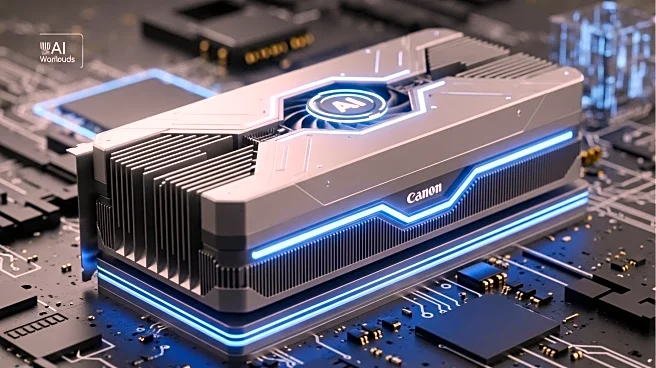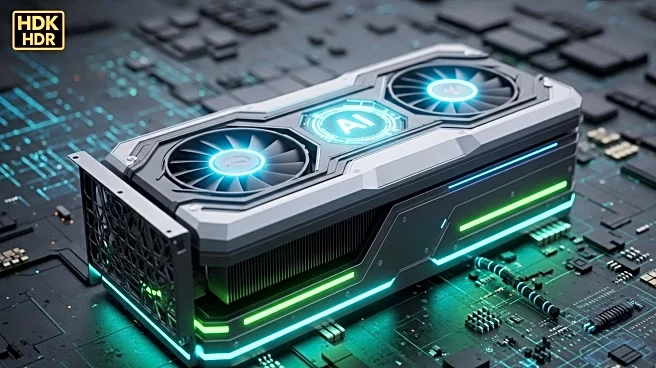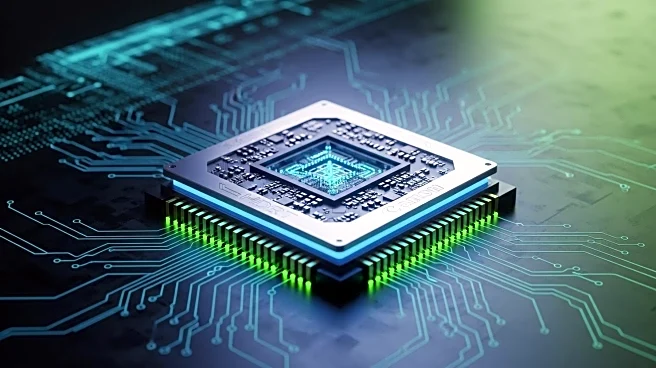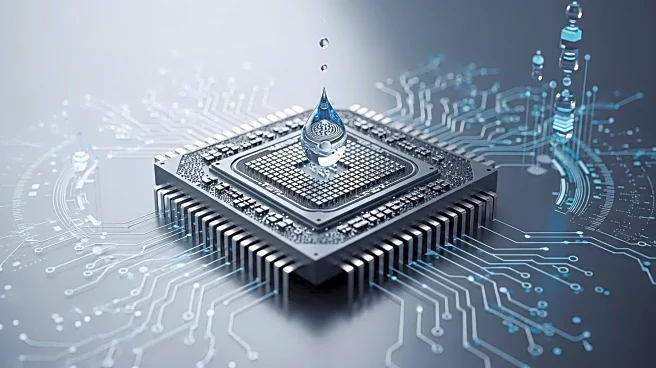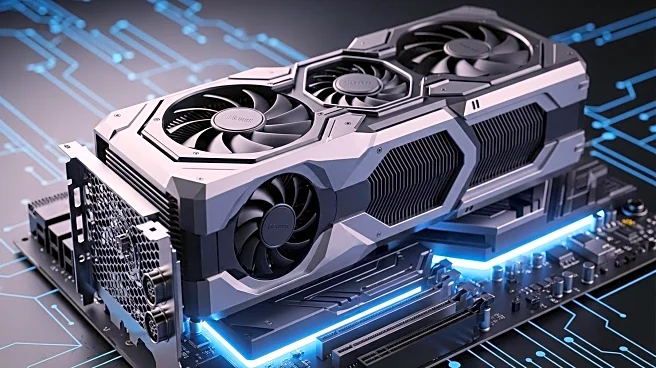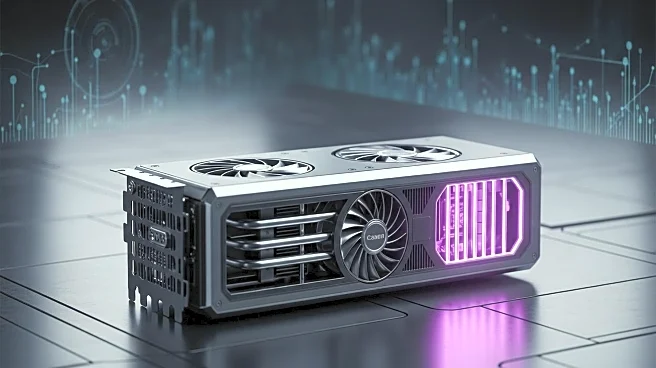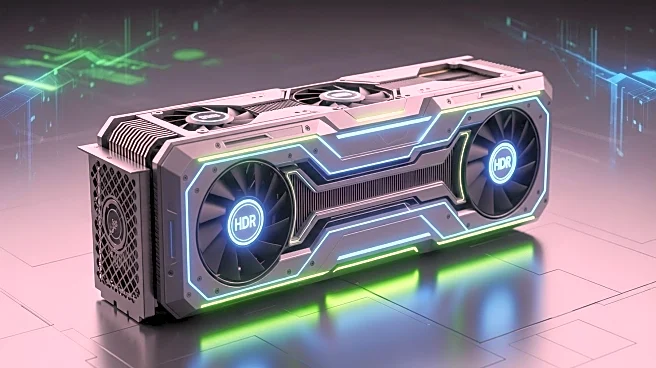What's Happening?
AMD has unveiled plans for its next-generation GPU, the MI450, which is set to launch next year. The company aims to achieve leadership performance across all AI workloads, including training and inference. Forrest Norrod, AMD's Executive VP & GM of Data Center Solutions Business Unit, stated that the MI450 will surpass both Nvidia's current Blackwell architecture and its upcoming Rubin GPUs. AMD is also planning to unify its AI and gaming GPUs into a single architecture called UDNA, which will succeed the current RDNA cards. This move is part of AMD's strategy to increase its market share in graphics cards, aspiring to reach a meaningful portion of the market, potentially up to 20%.
Why It's Important?
The announcement marks a significant step for AMD in the competitive GPU market, particularly in AI workloads where Nvidia has been dominant. By targeting leadership performance in AI, AMD is positioning itself to capture a larger share of the market, which could lead to increased competition and innovation in the industry. The unification of AI and gaming GPUs could also benefit AMD's gaming segment, potentially improving its market position from the current 6% share. This development is crucial for stakeholders in the tech industry, as it may influence pricing, availability, and technological advancements in both AI and gaming sectors.
What's Next?
AMD plans to launch the MI450 GPU about a year from now, with the UDNA architecture expected to follow in 2026. The company is focused on growing its market share and becoming a significant player in the graphics card industry. As AMD continues to invest in AI technology, the impact on its gaming GPUs could lead to enhanced performance and competitiveness against Nvidia's offerings. Industry observers and consumers will be watching closely to see how AMD's strategic moves affect the broader GPU market.
